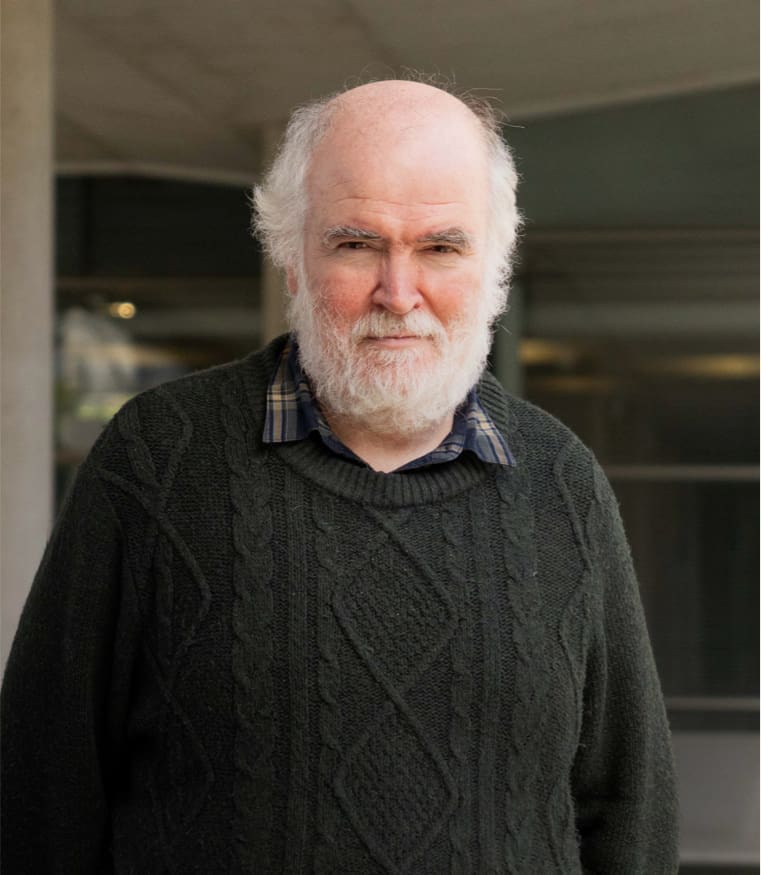The Transmetalation Process in Suzuki-Miyaura Reactions: Calculations Indicate Lower Barrier via Boronate Intermediate
Recent experimental reports have called into question the validity of the boronate mechanism (through a R![[BOND]](http://onlinelibrarystatic.wiley.com/undisplayable_characters/00f8ff.gif) B(OH)3− intermediate) for the transmetalation step in the Suzuki–Miyaura cross-coupling, favoring instead the palladium hydroxo pathway (through an [LnPd(R′)(OH)] intermediate). Herein we report DFT calculations with the M06 functional performed on realistic model systems, including a combination of explicit solvent molecules along with a continuum method. These computational results support the boronate mechanism. The mechanistic proposal is shown to be compatible with the available experimental evidence.
B(OH)3− intermediate) for the transmetalation step in the Suzuki–Miyaura cross-coupling, favoring instead the palladium hydroxo pathway (through an [LnPd(R′)(OH)] intermediate). Herein we report DFT calculations with the M06 functional performed on realistic model systems, including a combination of explicit solvent molecules along with a continuum method. These computational results support the boronate mechanism. The mechanistic proposal is shown to be compatible with the available experimental evidence.

M. A. Ortuño, A. Lledós, F. Maseras, G. Ujaque
ChemCatChem 2014, 6, 3132-3138
DOI:
Go to the journal

Let's create a brighter future
Join our team to work with renowned researchers, tackle groundbreaking
projects and contribute to meaningful scientific advancements




















